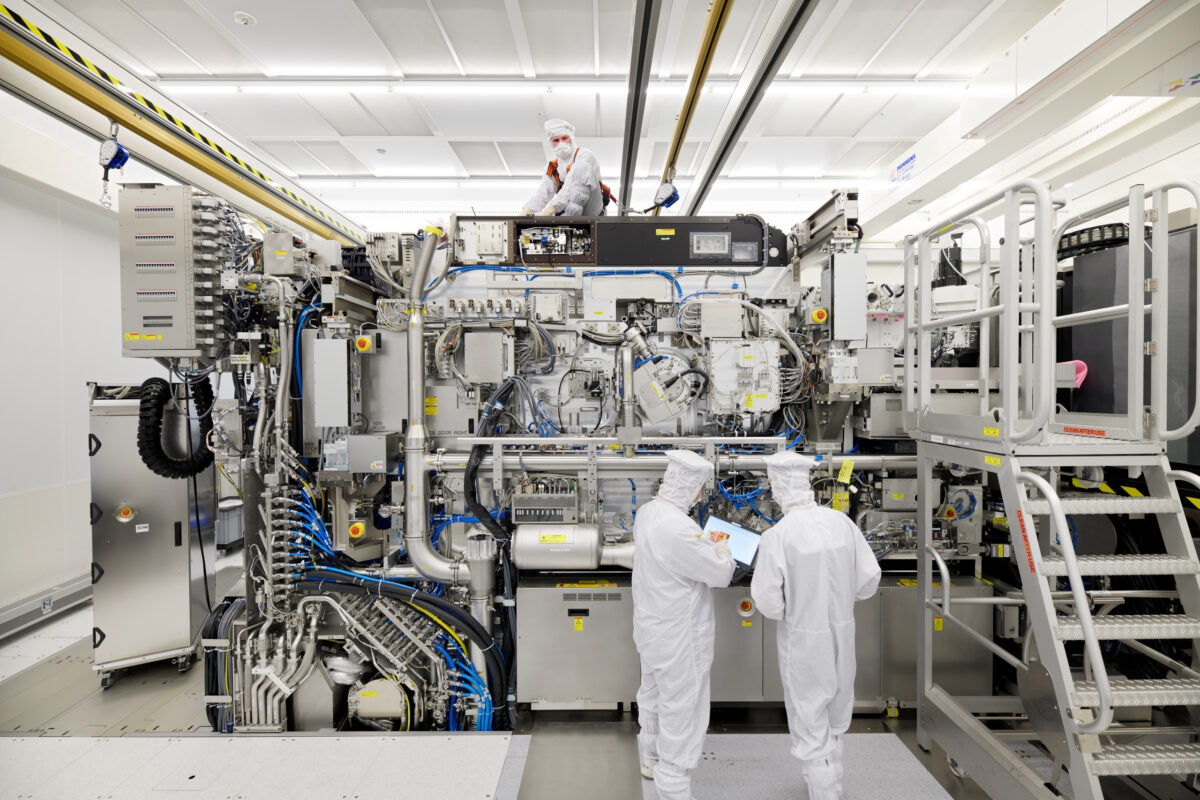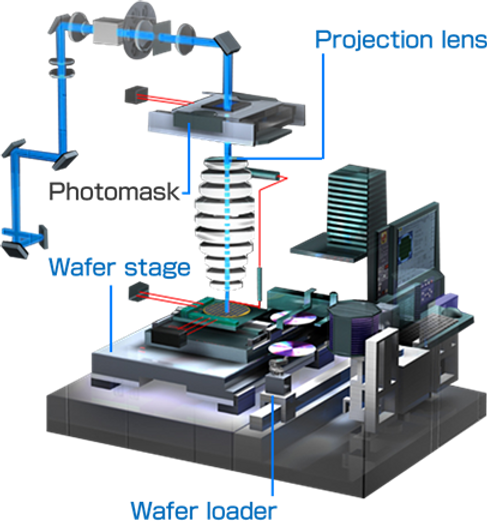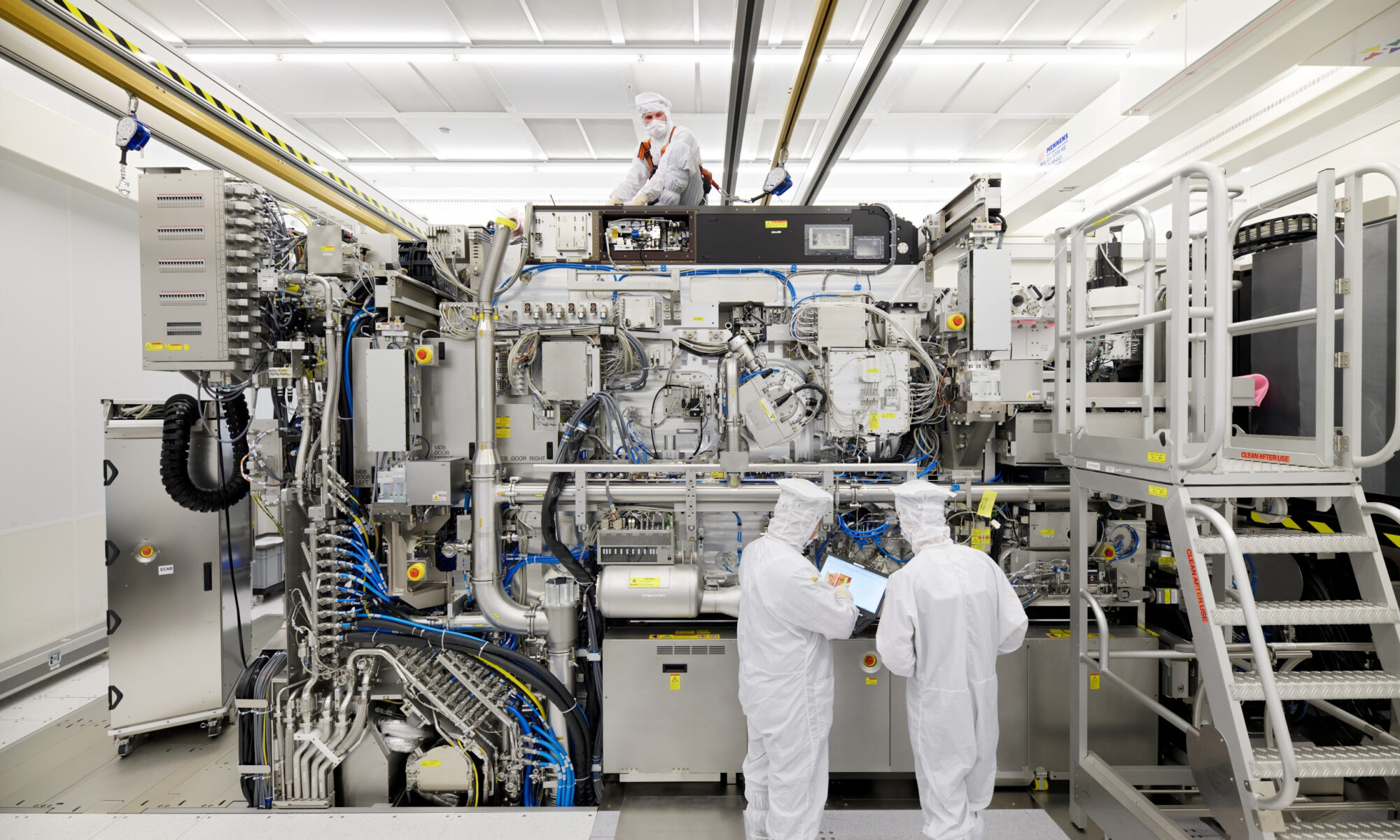Key Takeaways
- The report details how China is stockpiling semiconductor manufacturing equipment from Western companies to support its military and technological ambitions.
- China's spending on semiconductor equipment surged to $38 billion in fiscal year 2024, despite U.S. export controls, highlighting significant market share gains.
- Nine recommendations are proposed to counteract China's semiconductor advancements, including broader export bans, enhanced tracking, and increased support for U.S. firms.
The U.S. House Select Committee on the Strategic Competition Between the United States and the Chinese Communist Party released a bombshell report titled “Selling the Forges of the Future” on October 7, 2025, detailing how the People’s Republic of China is stockpiling semiconductor manufacturing equipment from leading Western companies to fuel its military and technological ambitions. The investigation scrutinizes five dominant “Toolmakers” U.S.-based Applied Materials, Lam Research, and KLA; Dutch firm ASML; and Japan’s Tokyo Electron which control 80-85% of the global SME market. These tools are essential for producing advanced (≤16/14nm logic), foundational (16/14-40nm), and legacy (>40nm) chips used in everything from AI systems to weapons.

The report’s key findings reveal alarming trends. In fiscal year 2024, the PRC spent $38 billion on Toolmakers’ products and services, accounting for 39% of their aggregate worldwide revenue—a 66% increase from 2022 and a 56% rise in market share. This surge occurred despite U.S. Bureau of Industry and Security export controls, which have gaps allowing sales of “node-agnostic” SME. Notably, restricted PRC entities, on the Entity List, NS-CMIC List, or DoD’s 1260H List, were top customers. Five such firms, including Semiconductor Manufacturing International Corporation (SMIC), Yangtze Memory Technologies Co., and Huawei affiliates like SwaySure and Shenzhen Pengxinxu, ranked in the top 30 for all Toolmakers from 2022-2024.
SMIC, China’s national chip champion, produces 7nm chips for Huawei’s AI processors, while YMTC supplies NAND memory for PLA weapons and surveillance tech like Hikvision cameras used in Uyghur repression. Sales to restricted entities comprised 45% of combined 2022-2024 PRC revenue for four Toolmakers. Non-U.S. firms ASML and Tokyo Electron saw revenues from these entities triple, selling $4.21 billion in 2024 alone, while U.S. Toolmakers’ sales dropped 56% to $786 million due to stricter controls. Lam Research derived a higher share (~4% of global revenue) from restricted sales and shifted $900 million to “substitute” entities later restricted in December 2024.
State-owned enterprises dominated, providing 69% of 2024 PRC revenue, with each Toolmaker doubling their SOE revenue share worldwide from 2022-2024. ASML sold 70% of its DUV immersion systems and 64% of dry systems to China in 2024, up sharply from prior years, enabling 7nm production. BIS granted permissive licenses to SMIC post-2020 Entity Listing, approving 110 of 196 applications for one Toolmaker.
The committee’s determinations underscore the risks: the CCP depends on foreign SME to advance “intelligentized” warfare, but entity-based controls fail against obfuscation, creating an unlevel field where non-U.S. Toolmakers profit billions from restricted sales. Country-wide bans only cover top-tier tools, allowing vast “non-advanced” inflows. With 69% SOE involvement, business with PRC chipmakers inherently aids CCP directives.
To counter this, the report offers nine recommendations: Align allied controls (I) via incentives; expand PRC-wide bans on advanced/foundational SME, including older DUV and 300mm wafer tools, using foreign direct product rules (FDPR) if allies lag (II); broaden restricted lists and prohibit allied sales with denial presumptions (III); prevent diversions through affiliate restrictions, end-user mandates, and tracking (IV); ban fabs mixing U.S./allied and Chinese SME via BIS/ICTS authorities, plus tariffs on PRC tools (V); restrict SME components with industry input (VI); boost BIS resources and hiring (VII); create whistleblower incentives (VIII); and support U.S./allied firms through training and talent attraction (IX).

Bottom line: The report warns that unchecked sales accelerate China’s indigenization, backed by $100 billion+ in state funds, enabling self-sufficiency in AI chips like Huawei’s Ascend series (projected 200,000-800,000 units in 2025). Without swift action, the PRC could dominate semiconductors, eroding U.S. deterrence and enabling global authoritarianism. This bipartisan call urges closing loopholes to safeguard future tech leadership.
Also Read:
Breaking the Thermal Wall: TSMC Demonstrates Direct-to-Silicon Liquid Cooling on CoWoS®
TSMC’s Push for Energy-Efficient AI: Innovations in Logic and Packaging







Jensen Huang Drops Donald Trump Truth Bomb on Joe Rogan Podcast